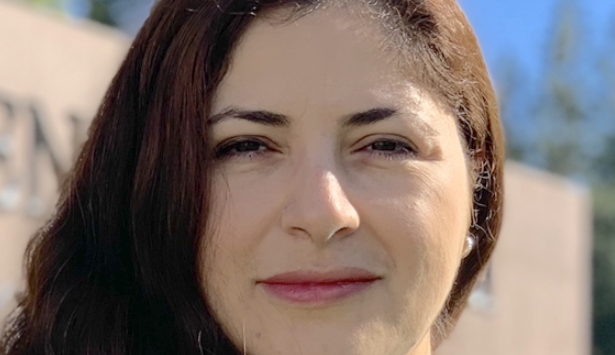The unifying theme of this dissertation’s three applications of economics to transportation is an attempt to make transportation more efficient, environmentally friendlier and fairer.
In my first essay, I apply game theory and the notion of Cournot equilibrium to transportation. I compare two networks, hub-and-spoke and a point-to-point network, which is served by two non-cooperative transportation firms. I find that the way in which two firms set their respective network, either direct indirect service, has an effect on their costs and profits.
In my second essay, I analyze the ownership of hybrid electric vehicles by U.S. households using the 2009 National Household Travel Survey to understand the impact of various government policies aimed at increasing hybrid vehicle ownership, such as granting access to high-occupancy vehicle lanes, tax credits, and parking incentives. I use a logit model; explanatory variables include socio-economic characteristics, along with urban form, as well as policy variables. Understanding which policies are most cost-effective at fostering HEV ownership would allow policy makers to make effective use of public resources.
In my third essay, I address equity in transportation by stratifying the NHTS into three income groups: low-income, middle-income and upper-income. The purpose is to determine whether income affects travel behavior. I analyze questions in the 2009 NHTS that were not available in previous NHTS surveys. These questions inquire about internet use, medical condition and physical activity. I also estimate a multinomial logit model and find that those living in poverty and who report having a medical condition are more likely to make medical trips. Upper-income individuals are more likely to report social and recreational trips, meal and trips labeled as “other.” Analyzing trips by income is important from an equity standpoint when allocating scarce public funds for transportation projects, since it tells us what income groups are likely to be affected by specific transportation projects.



